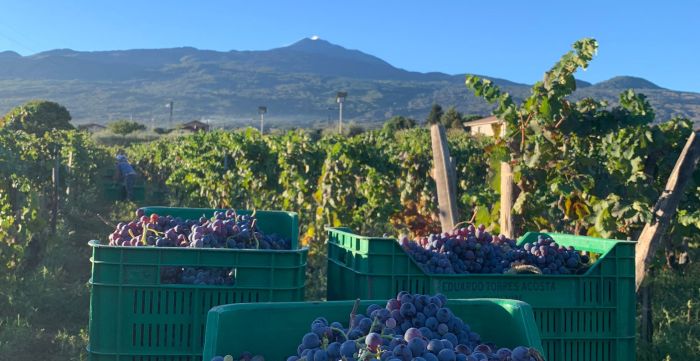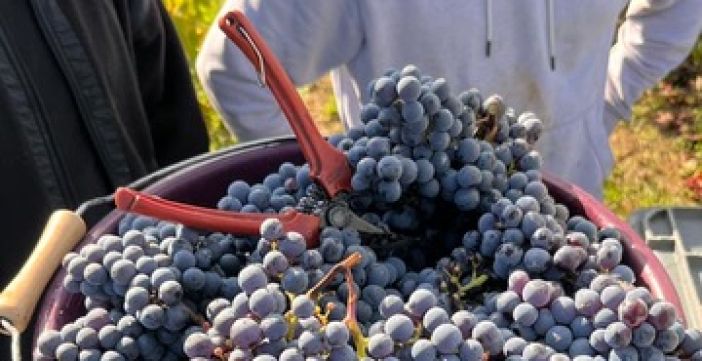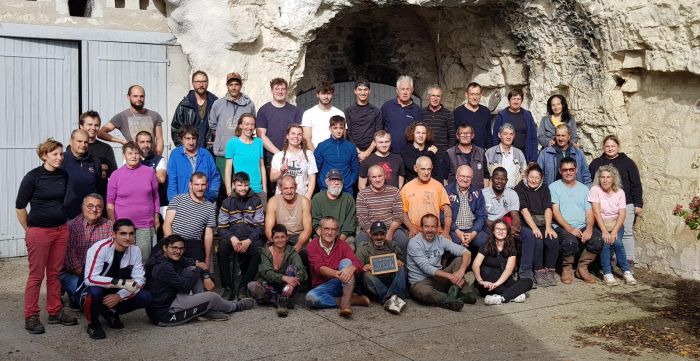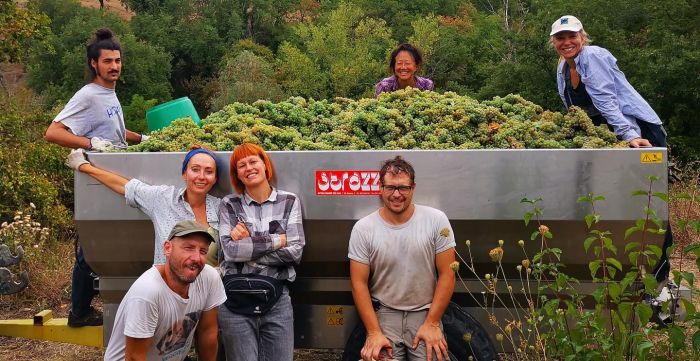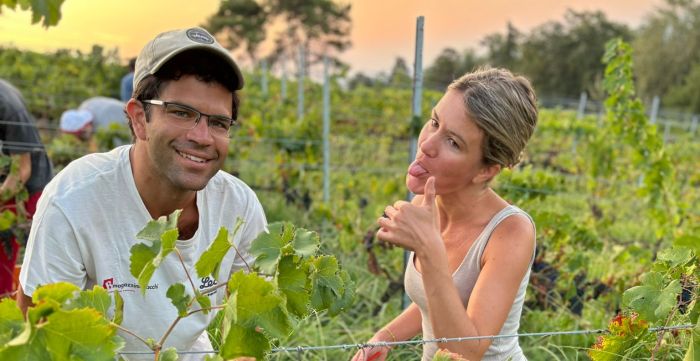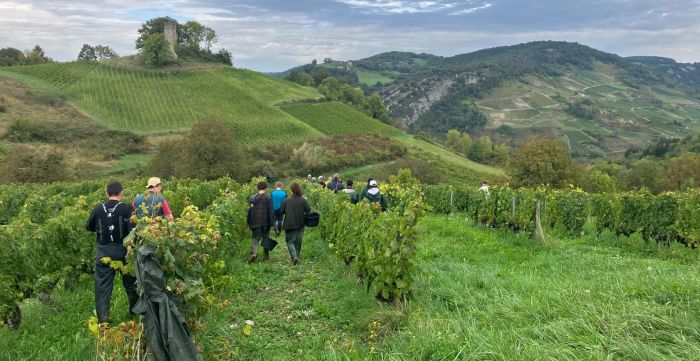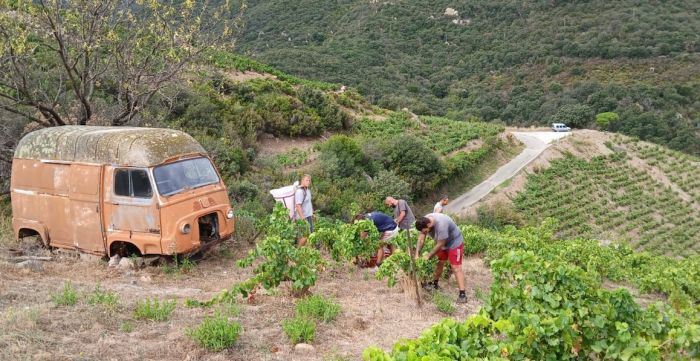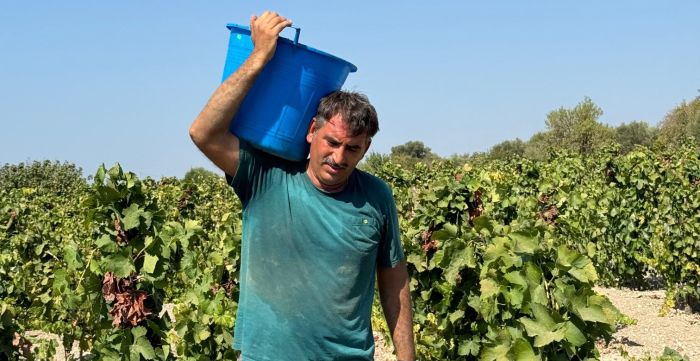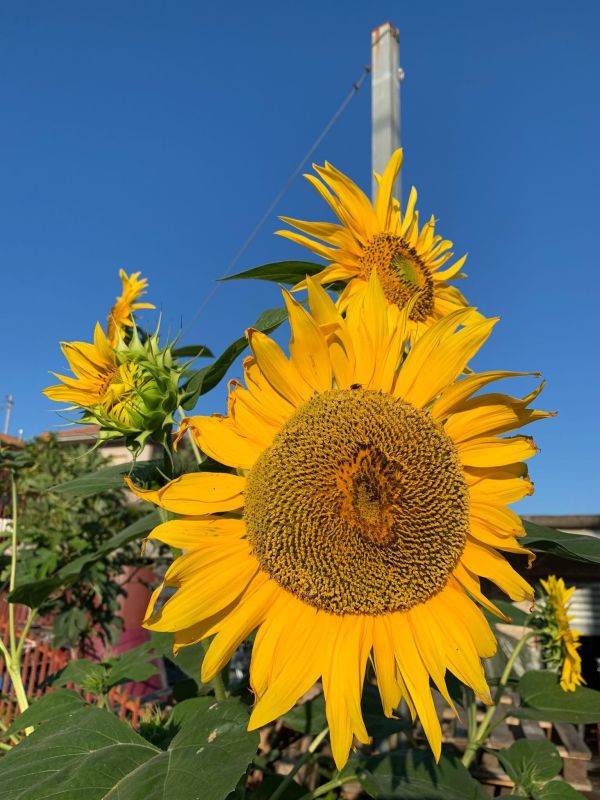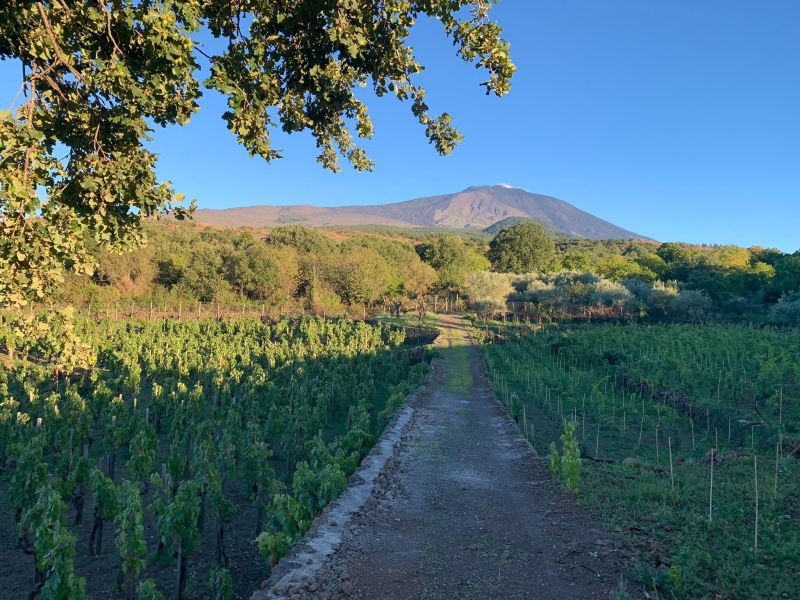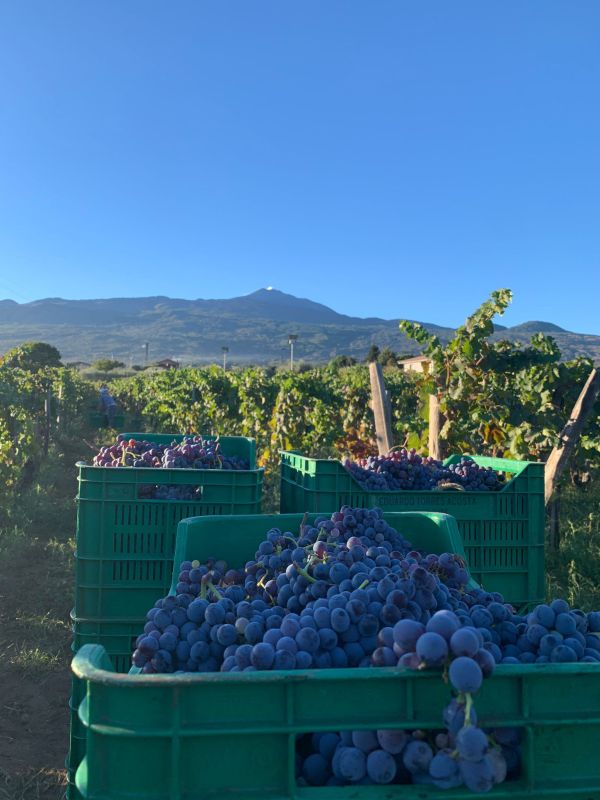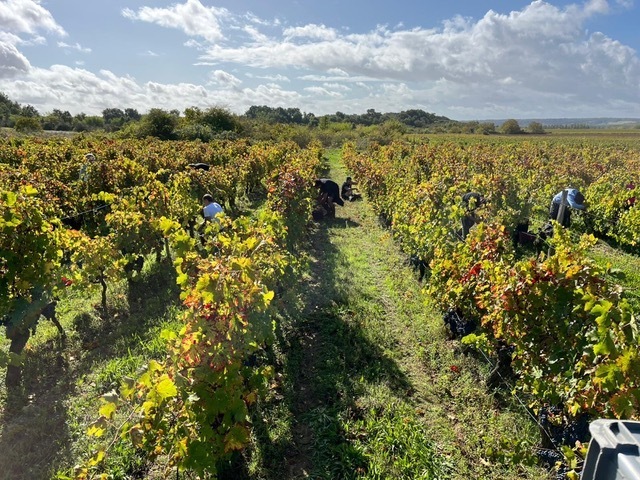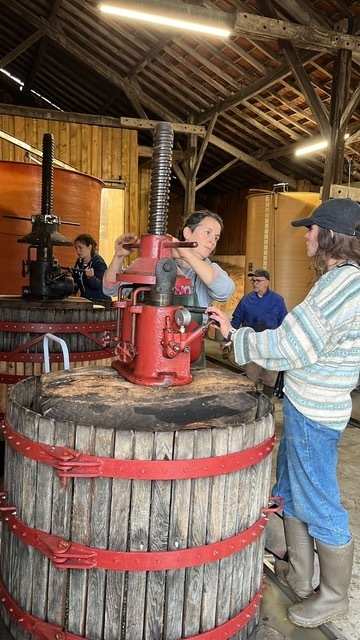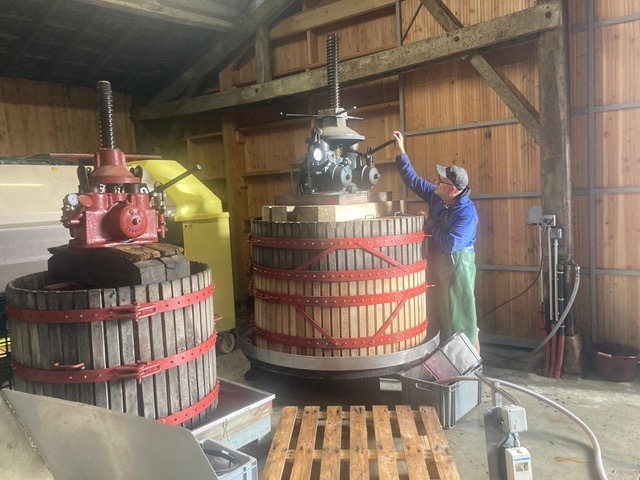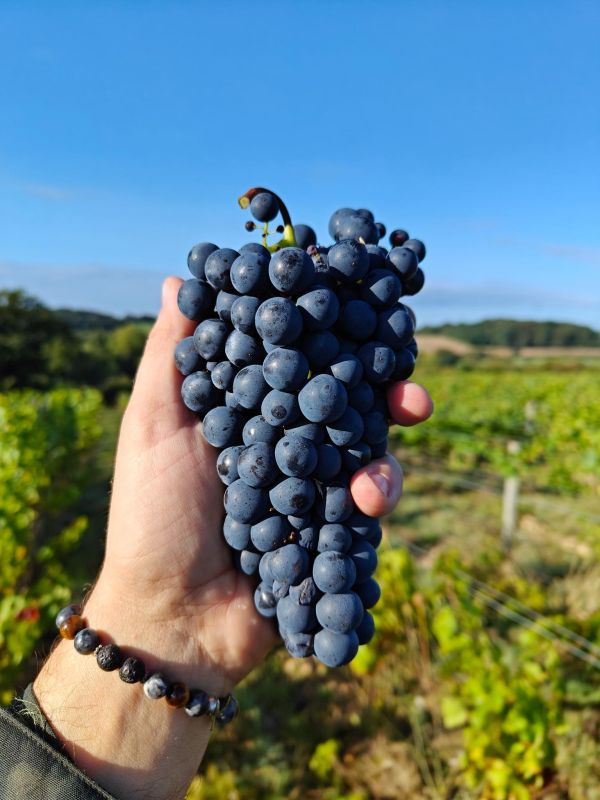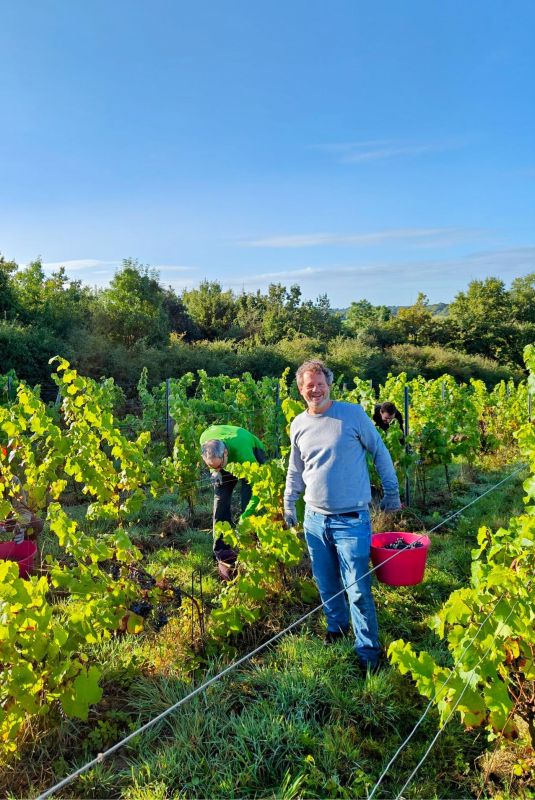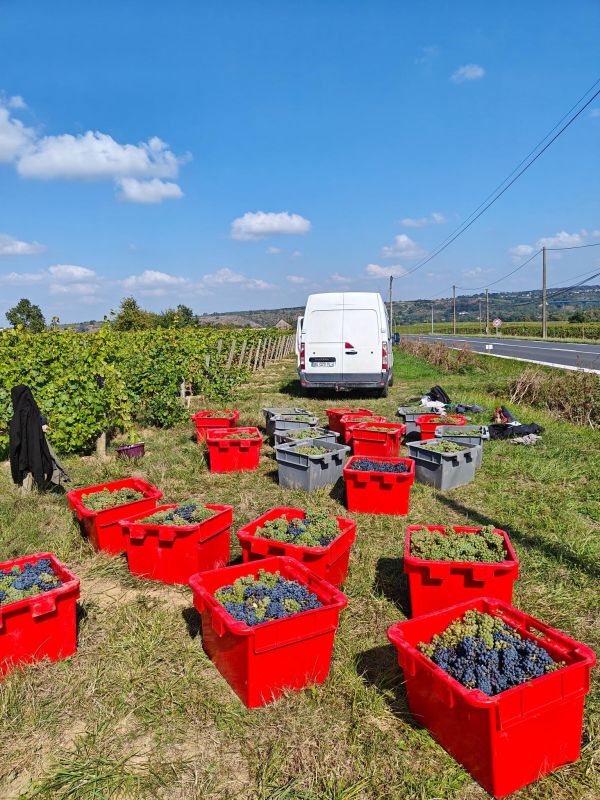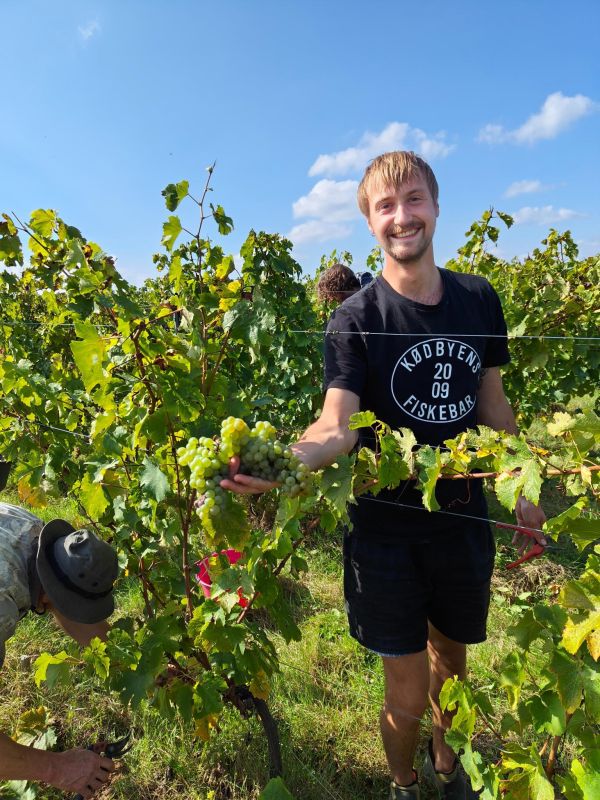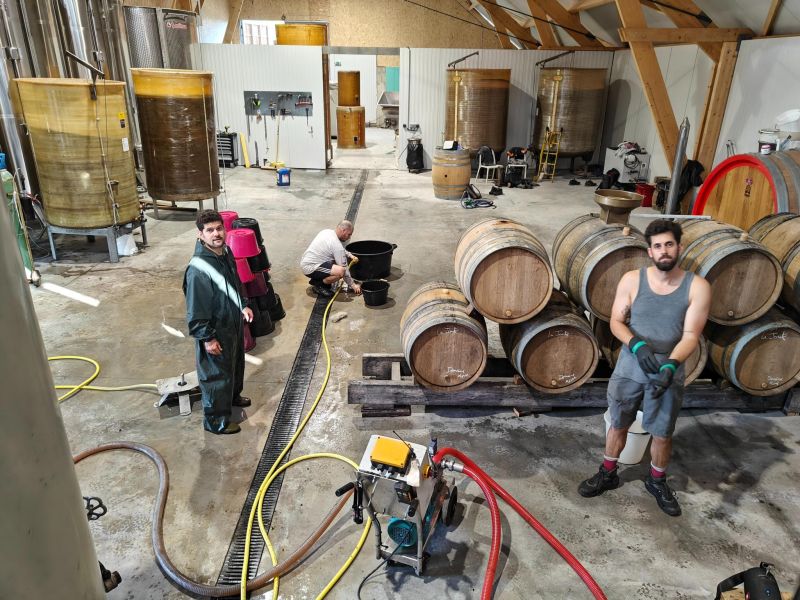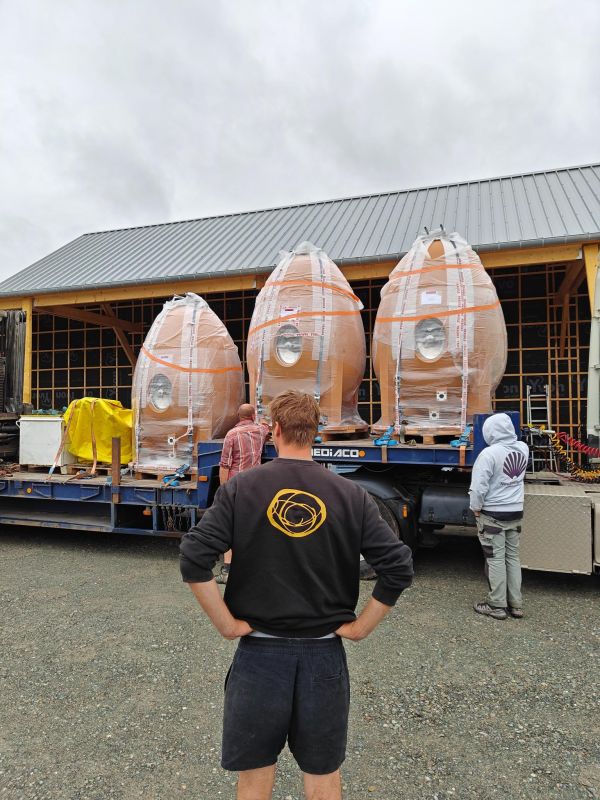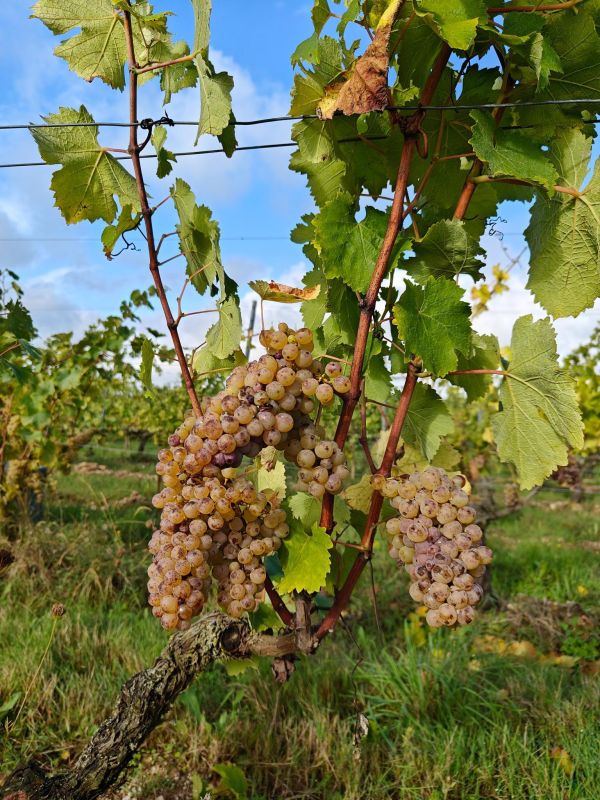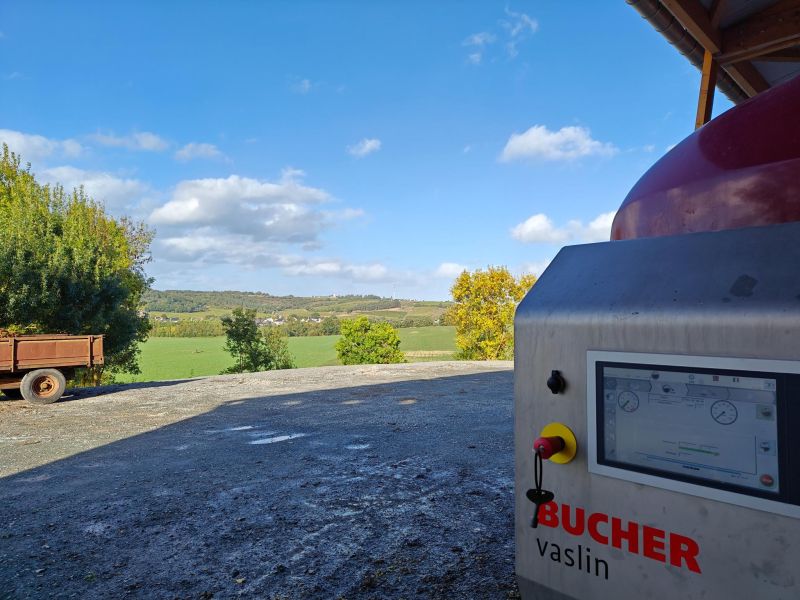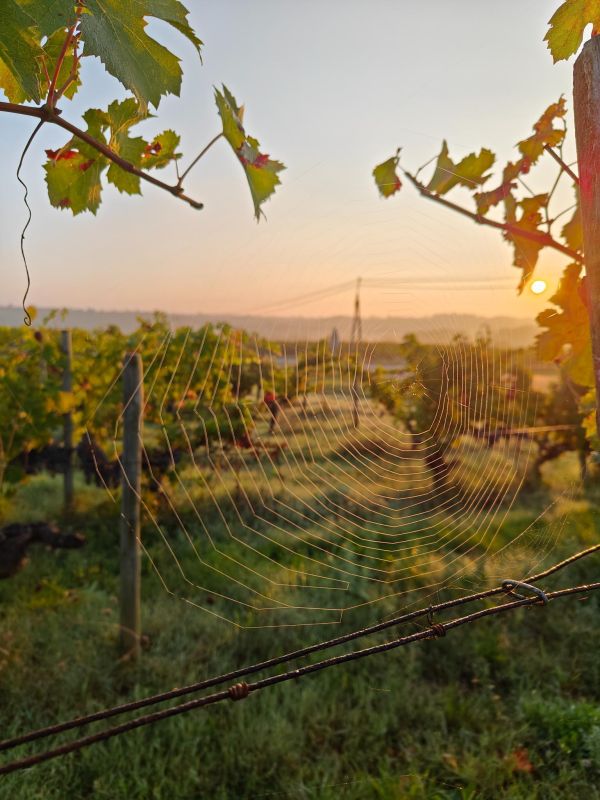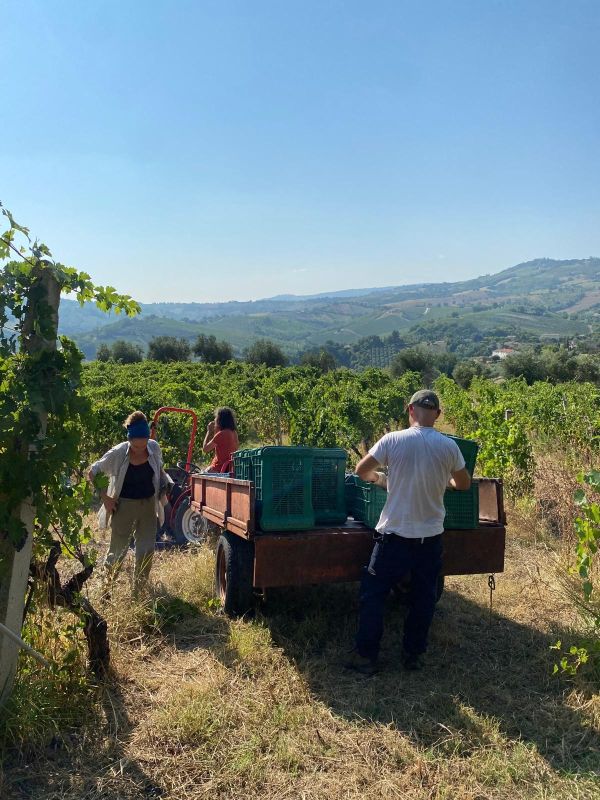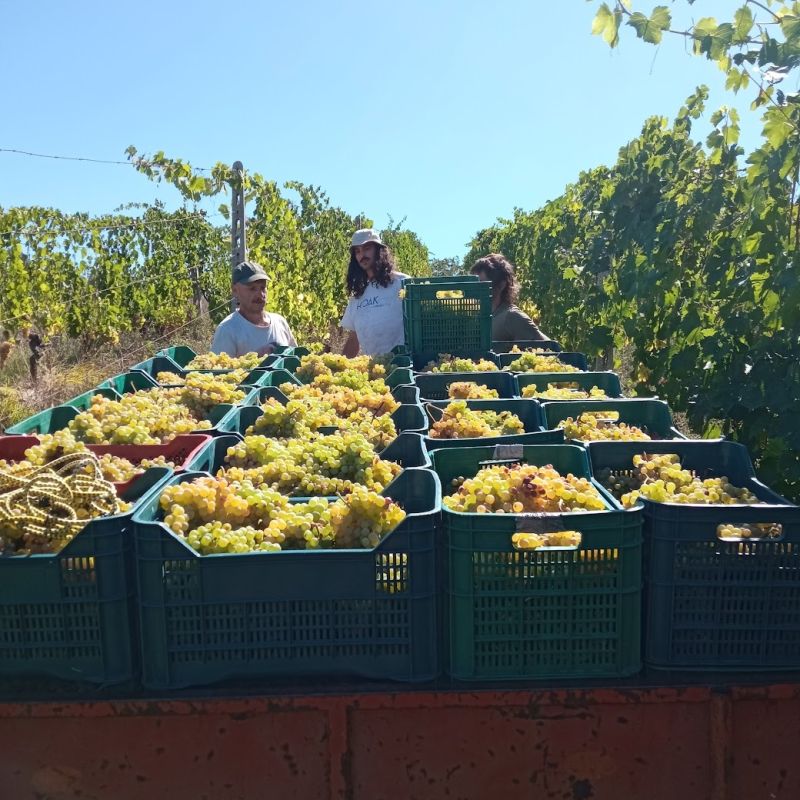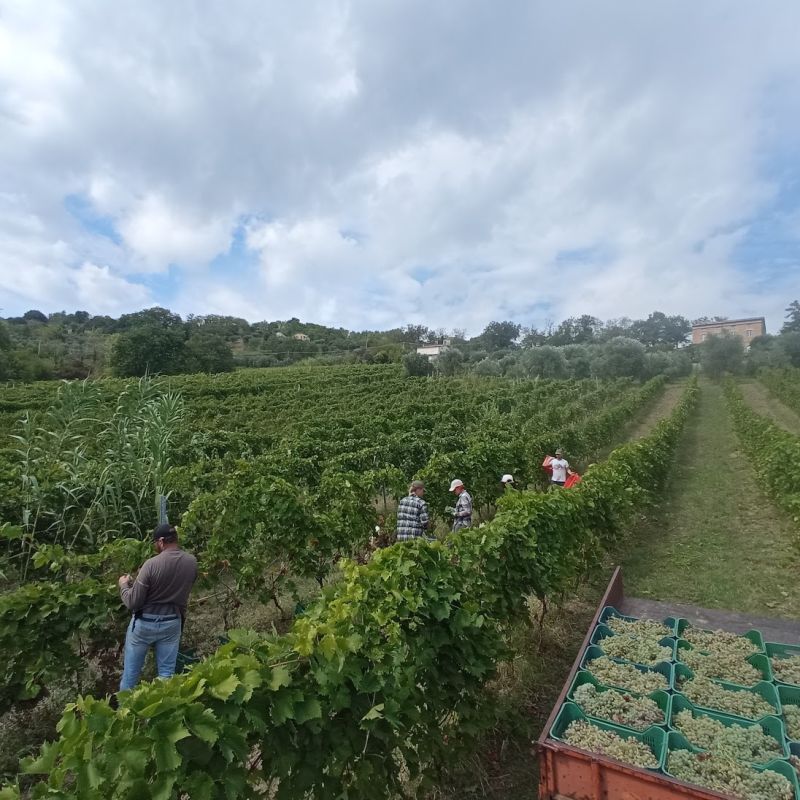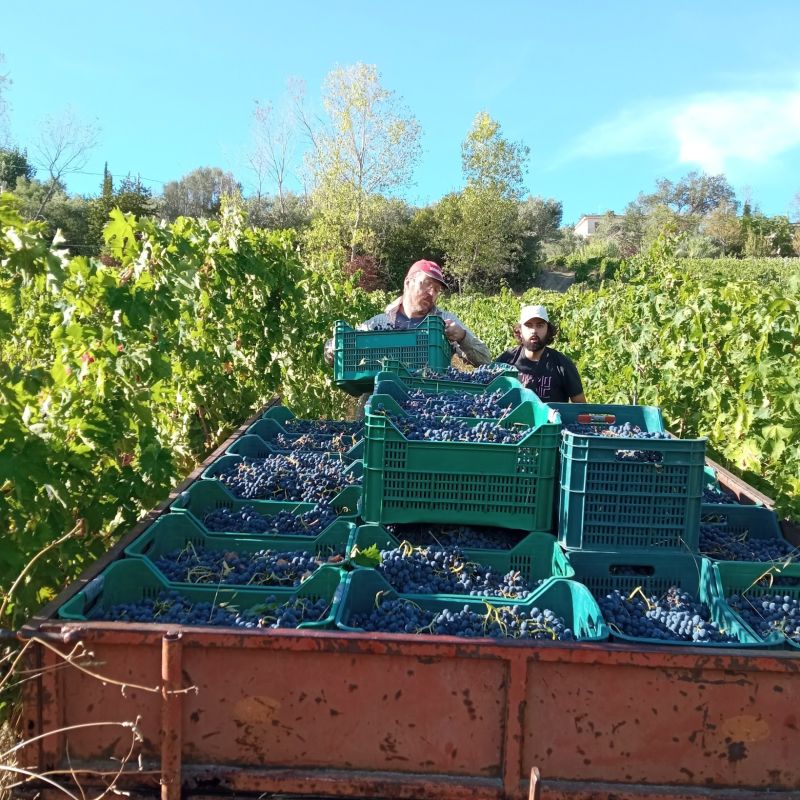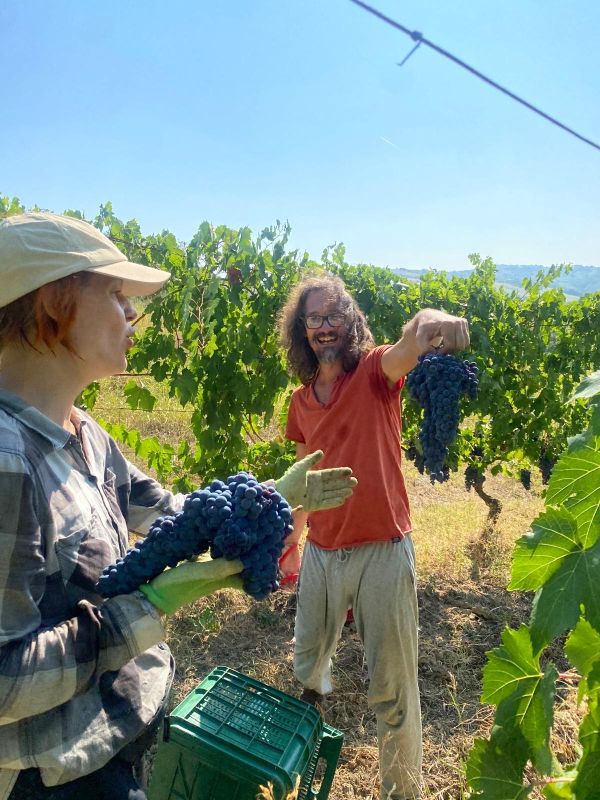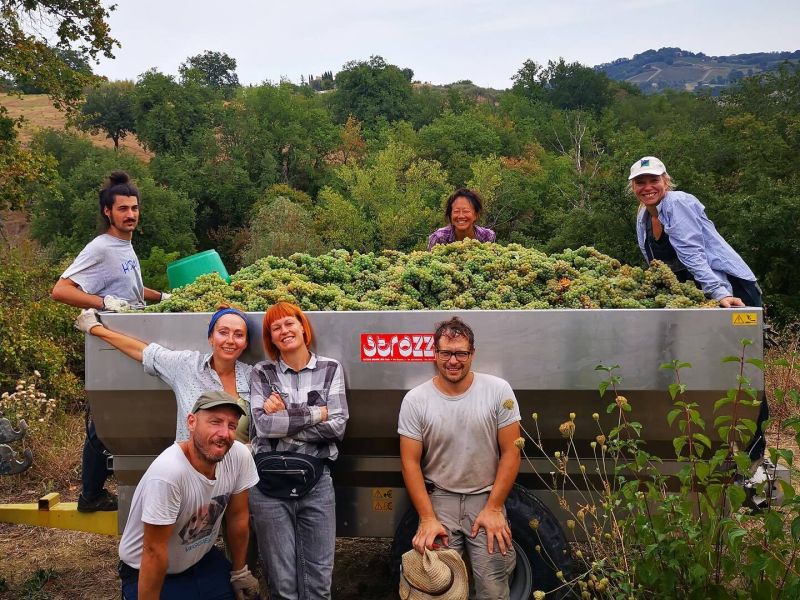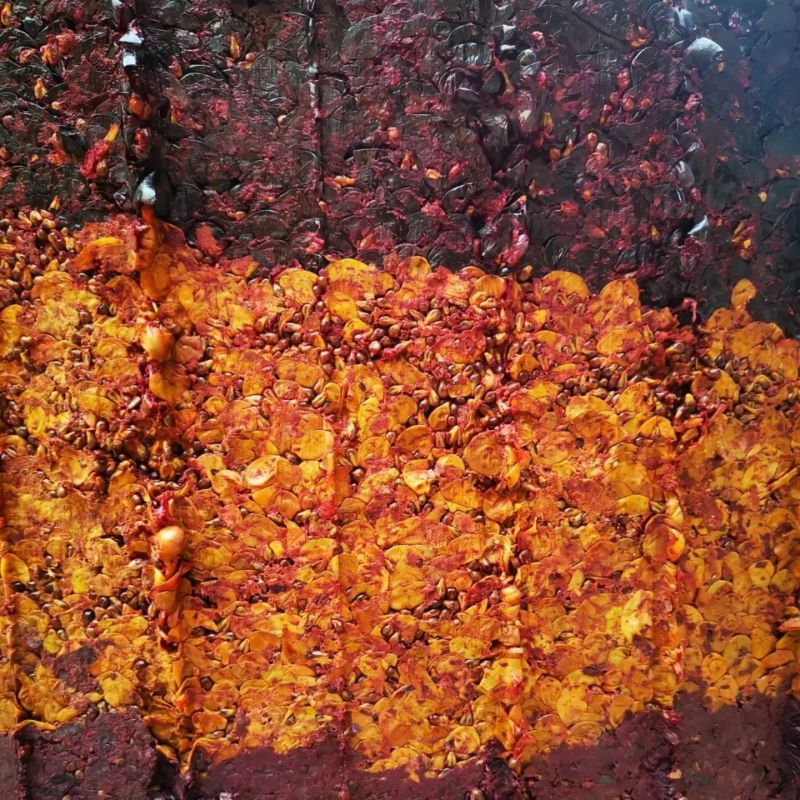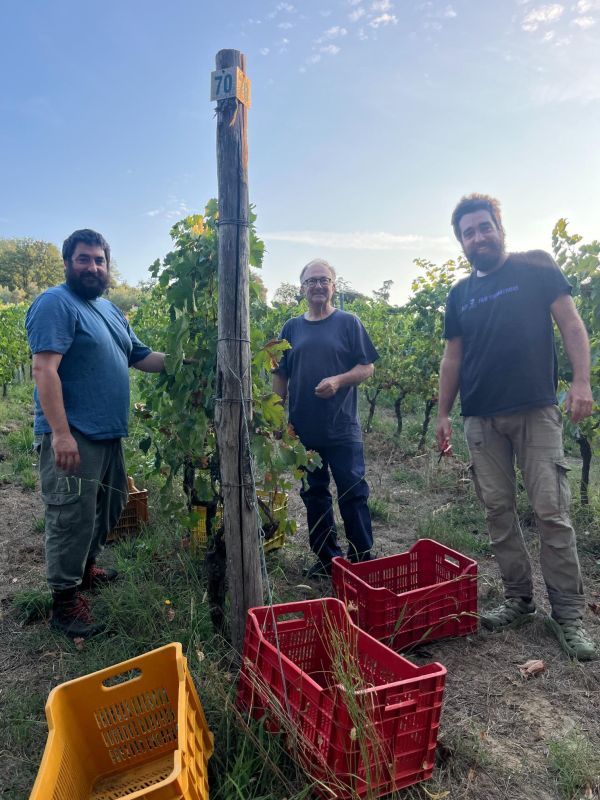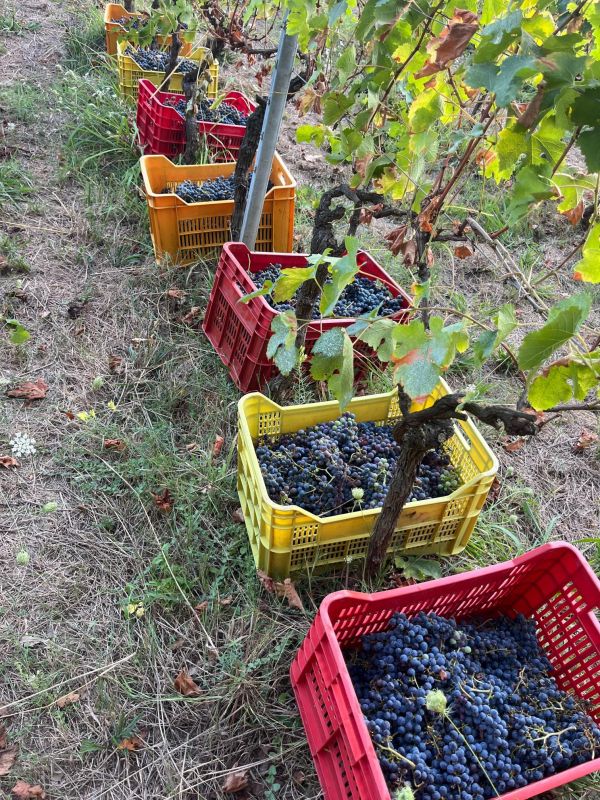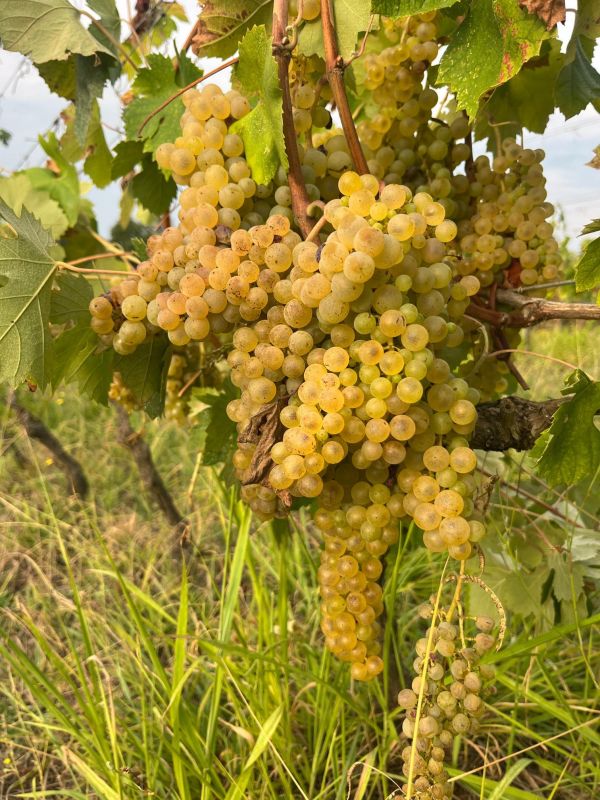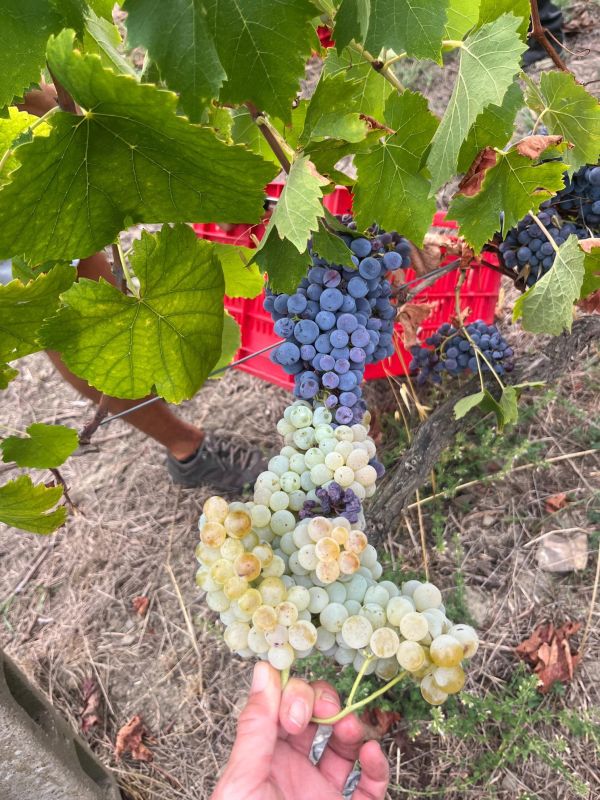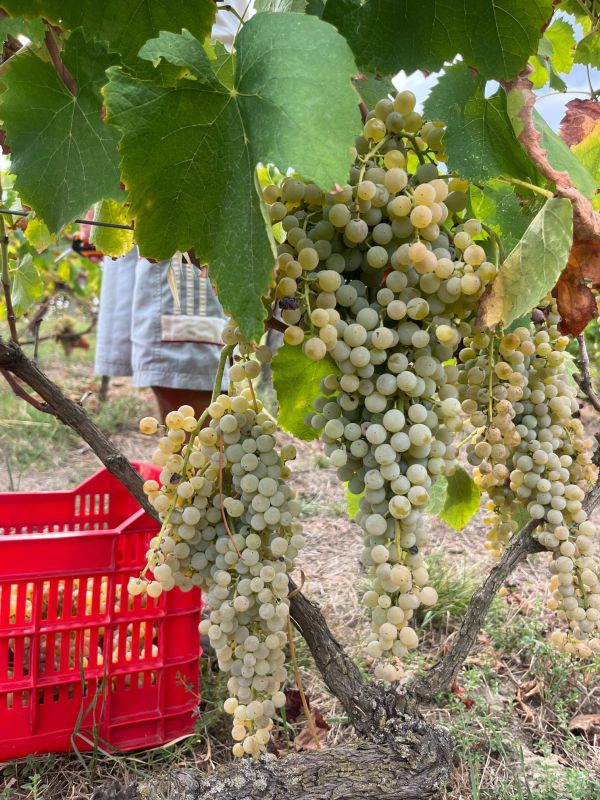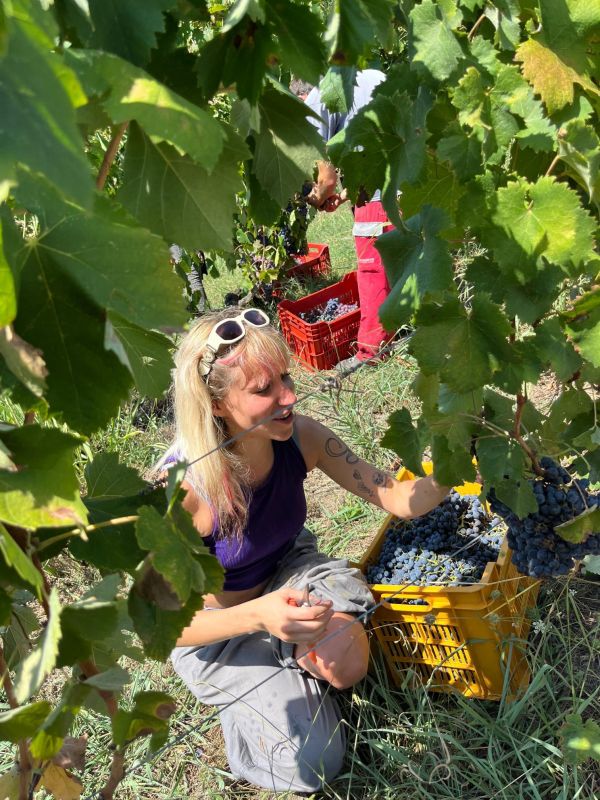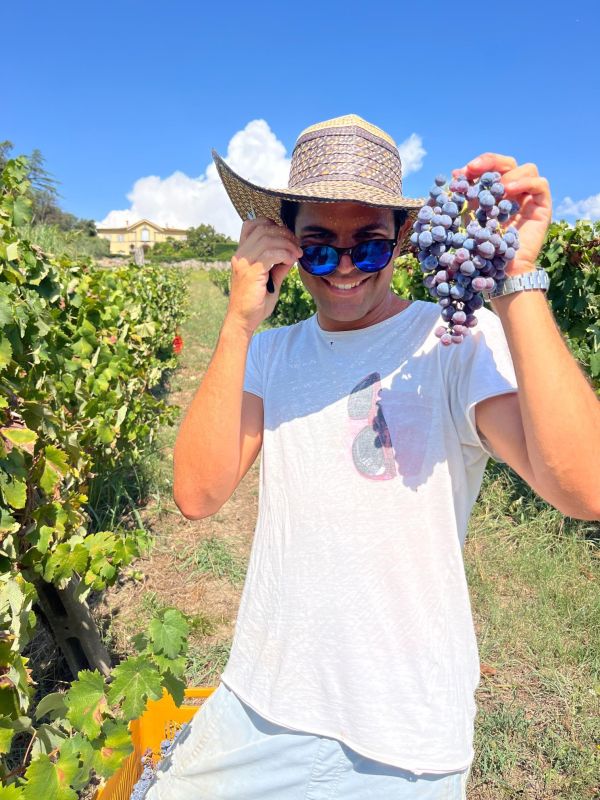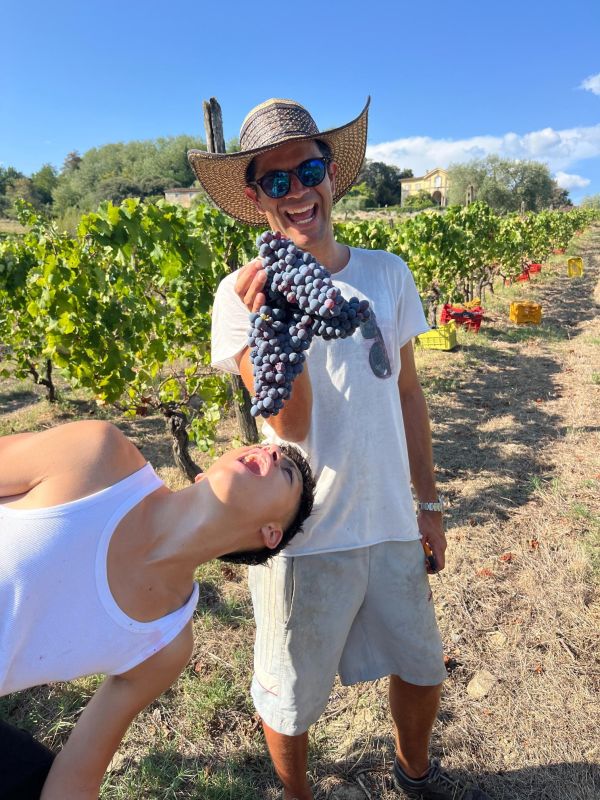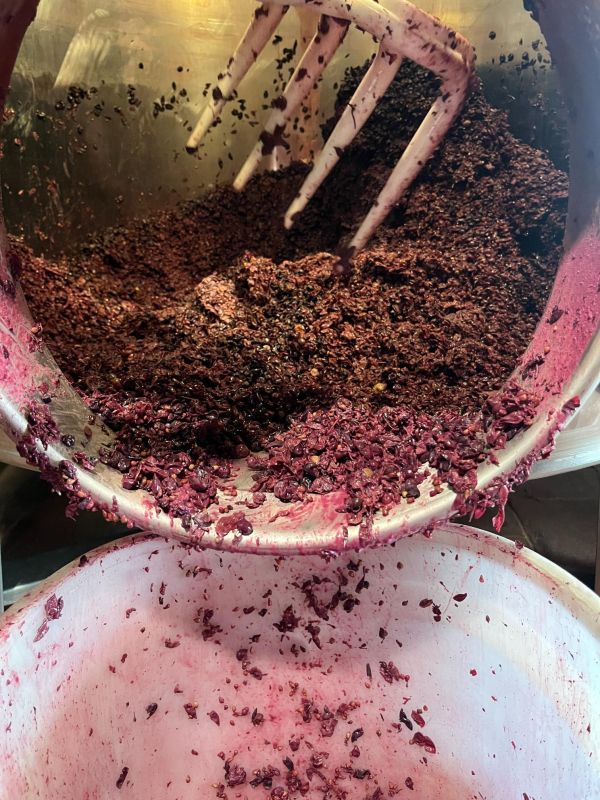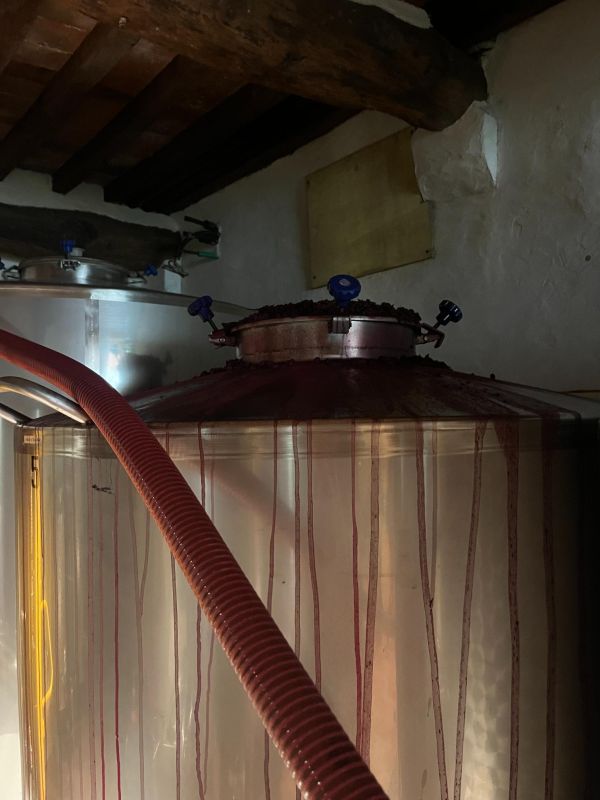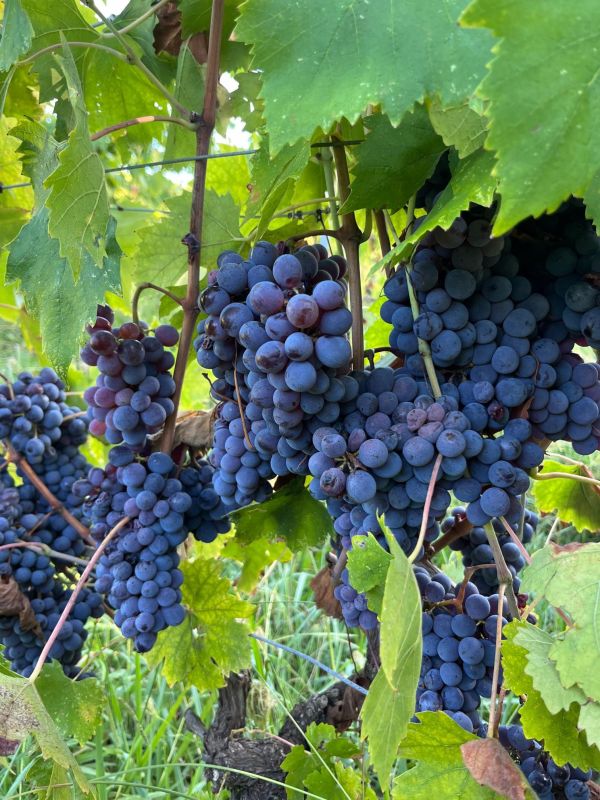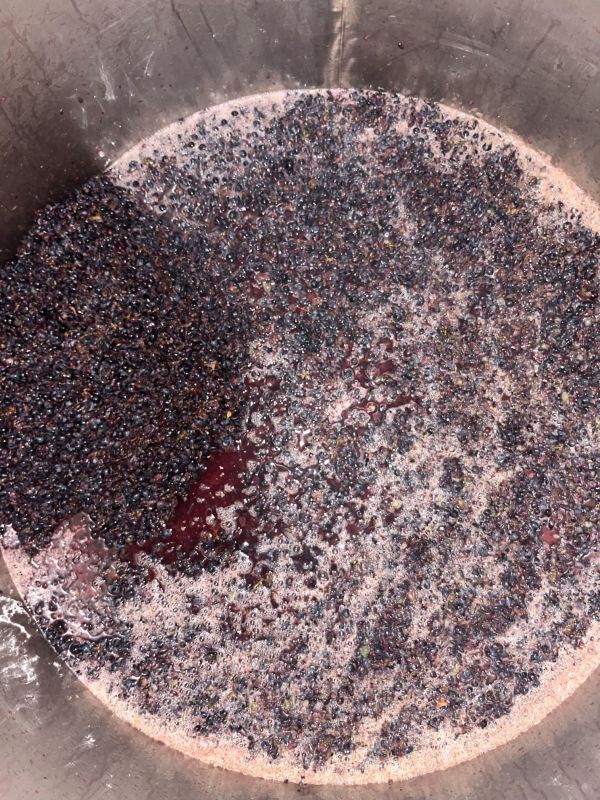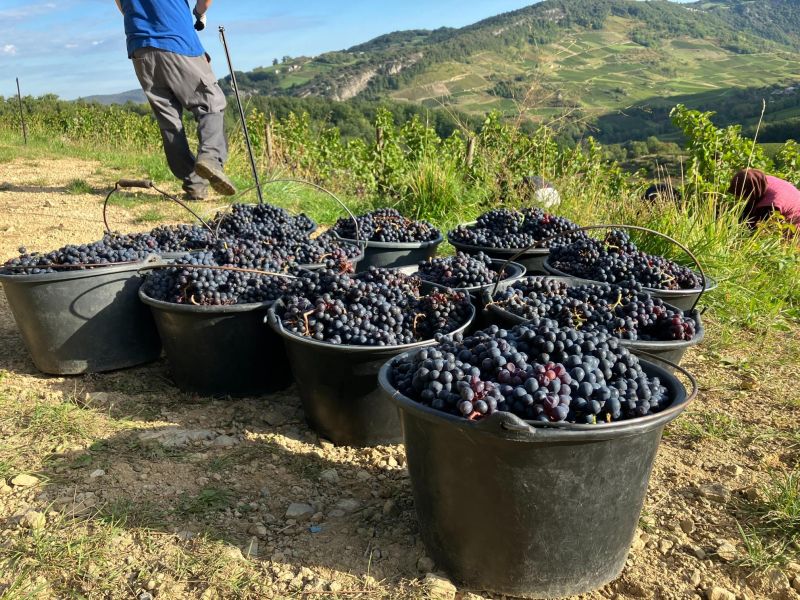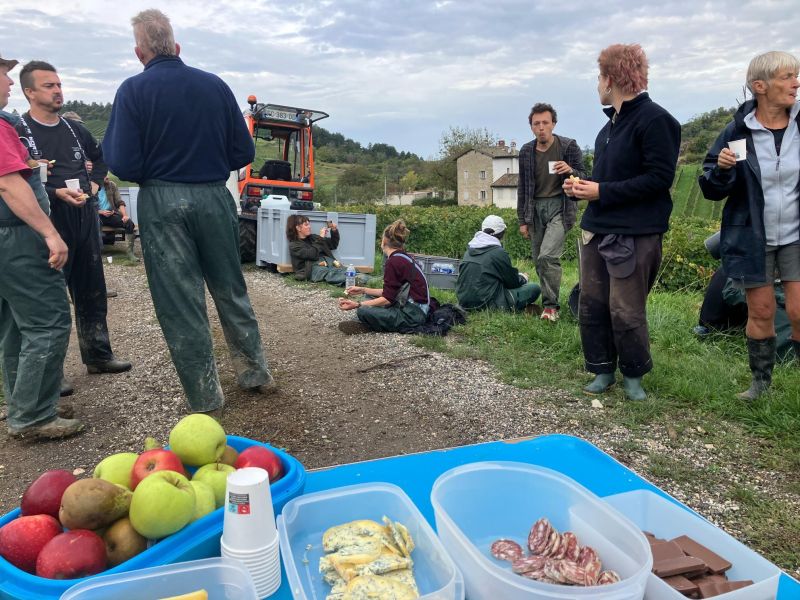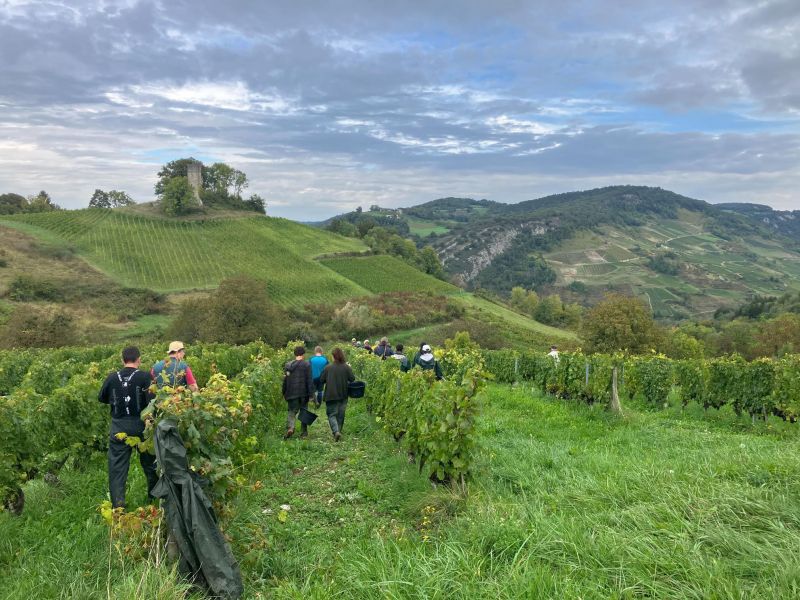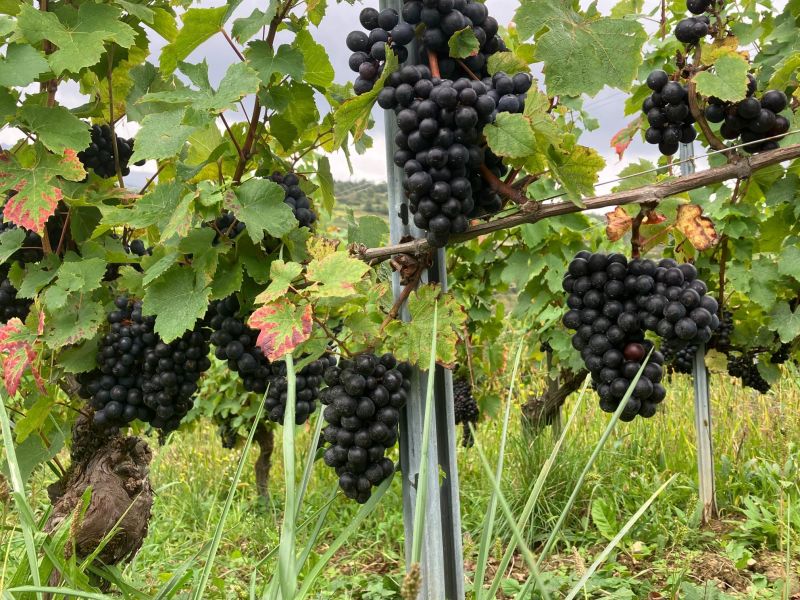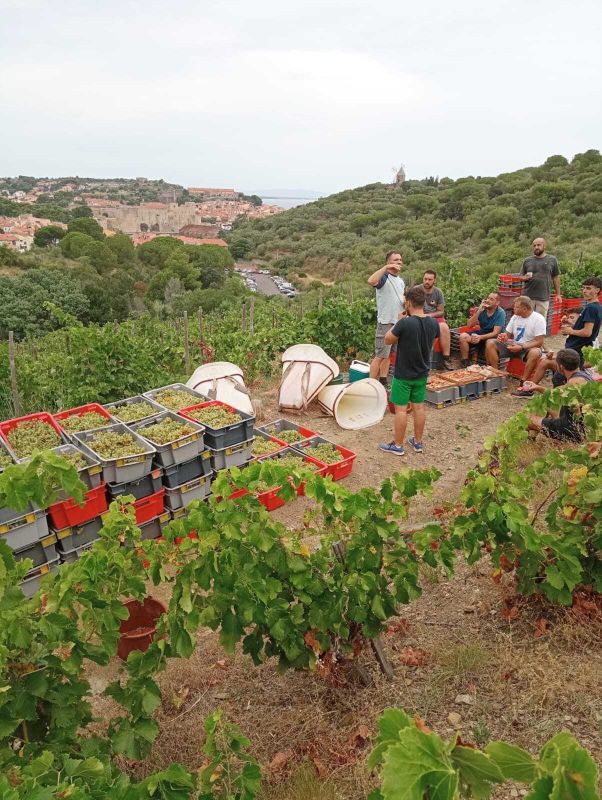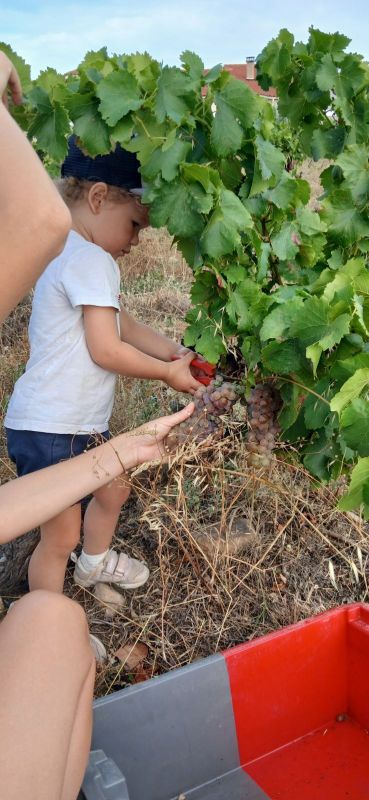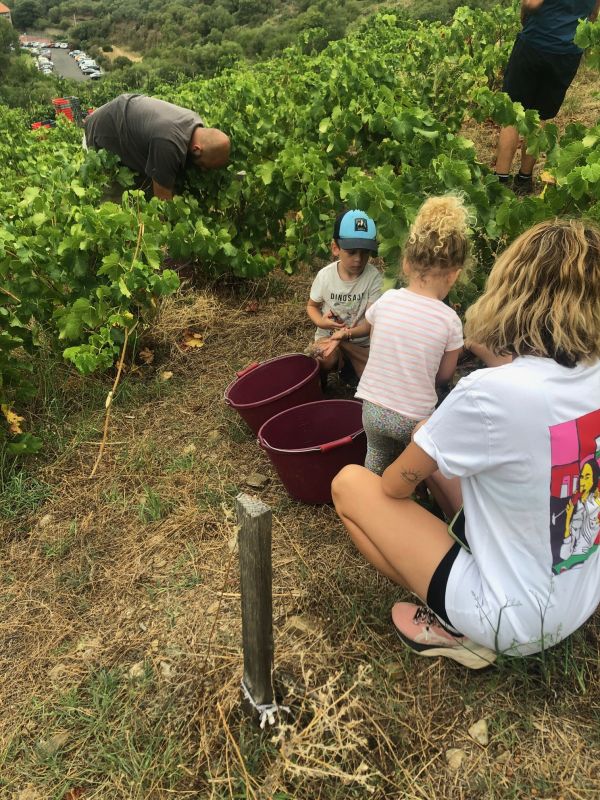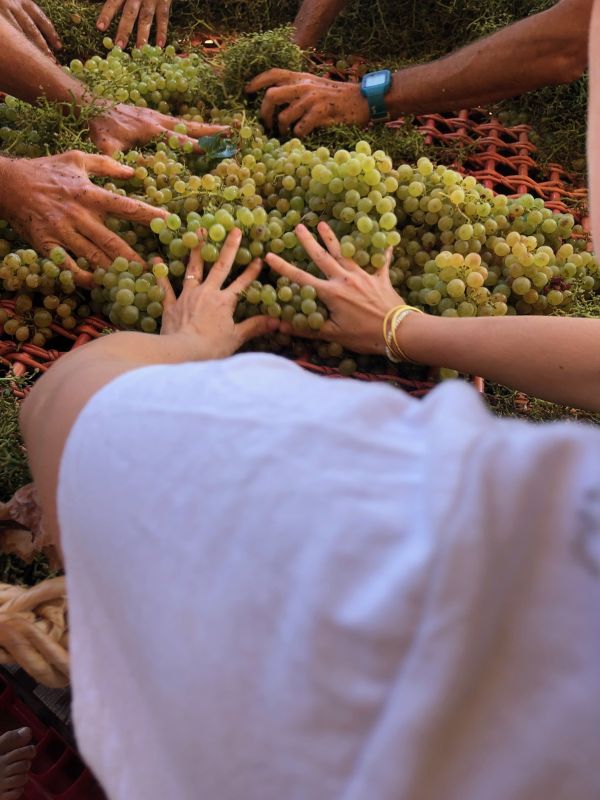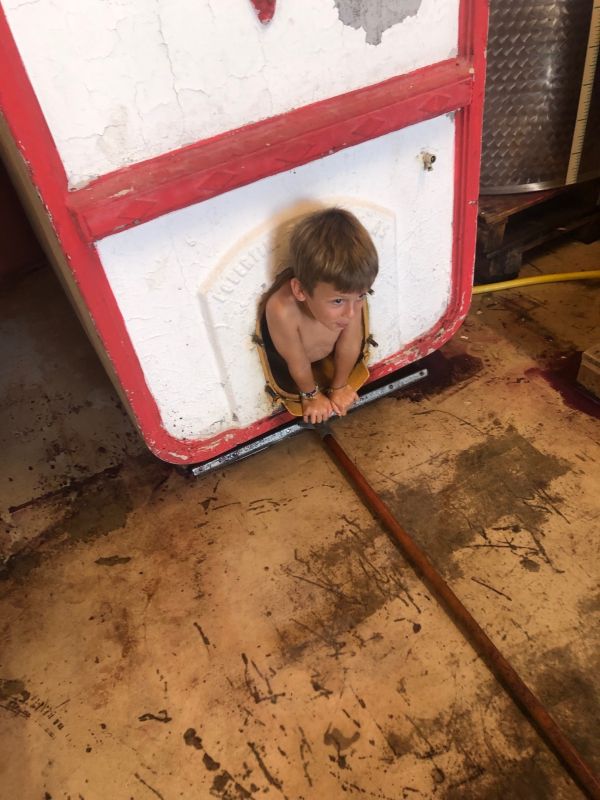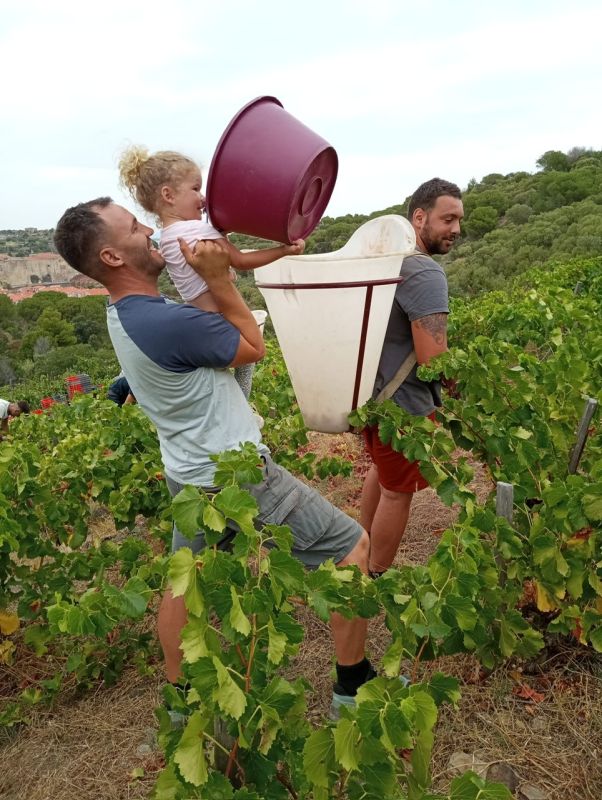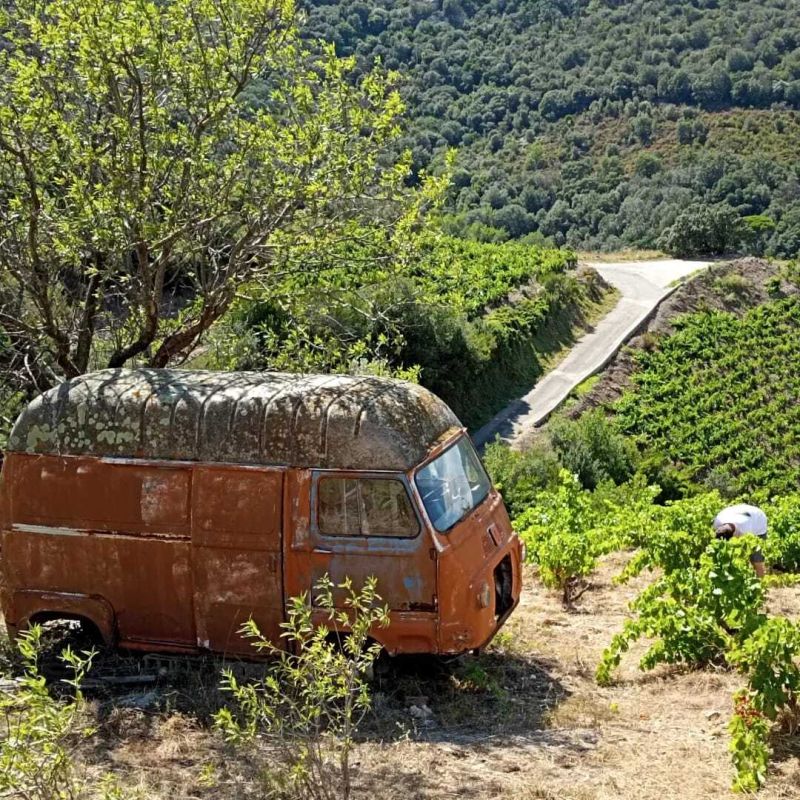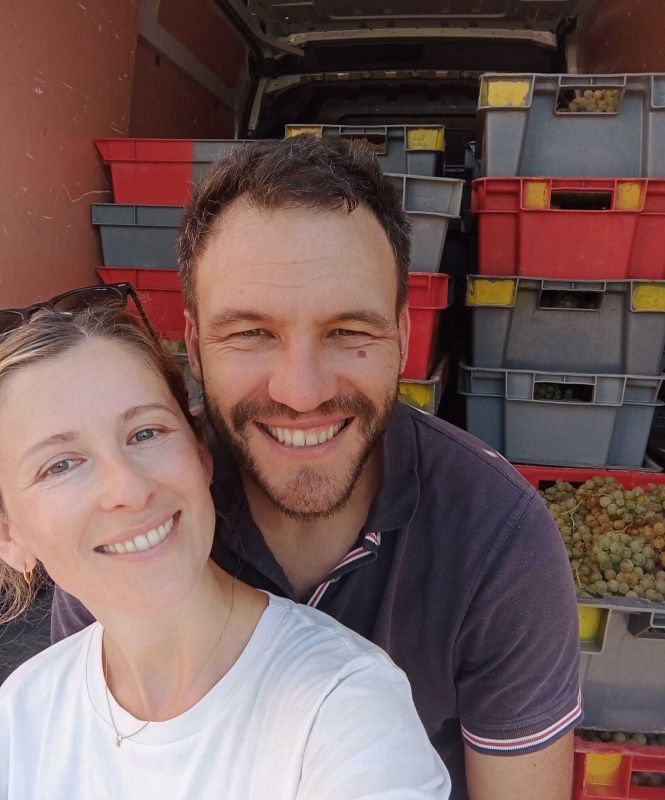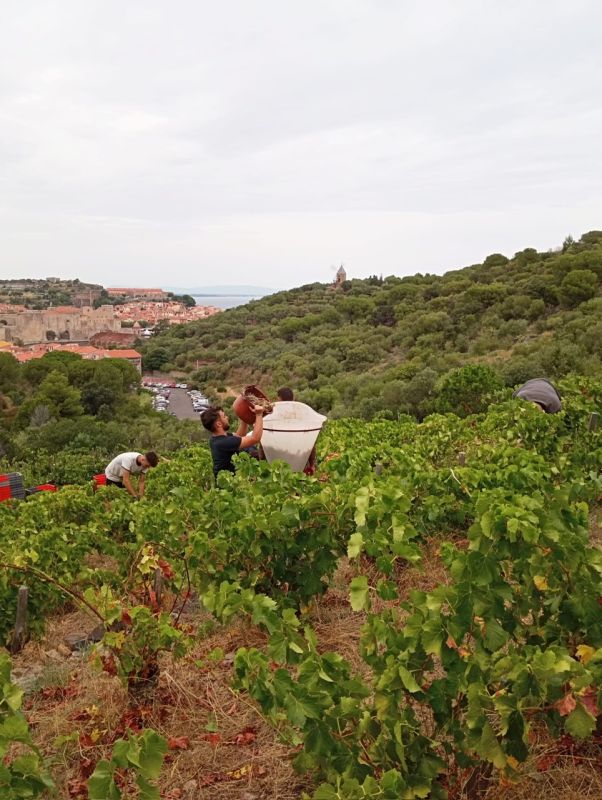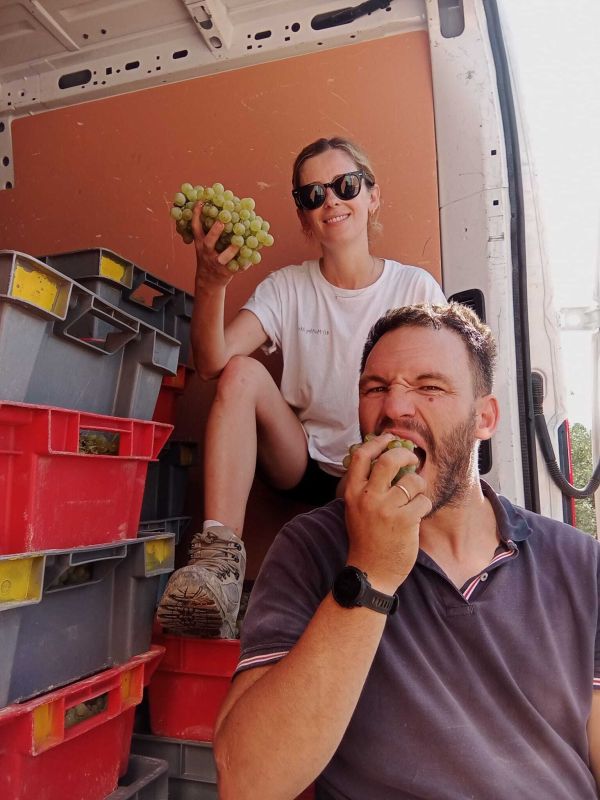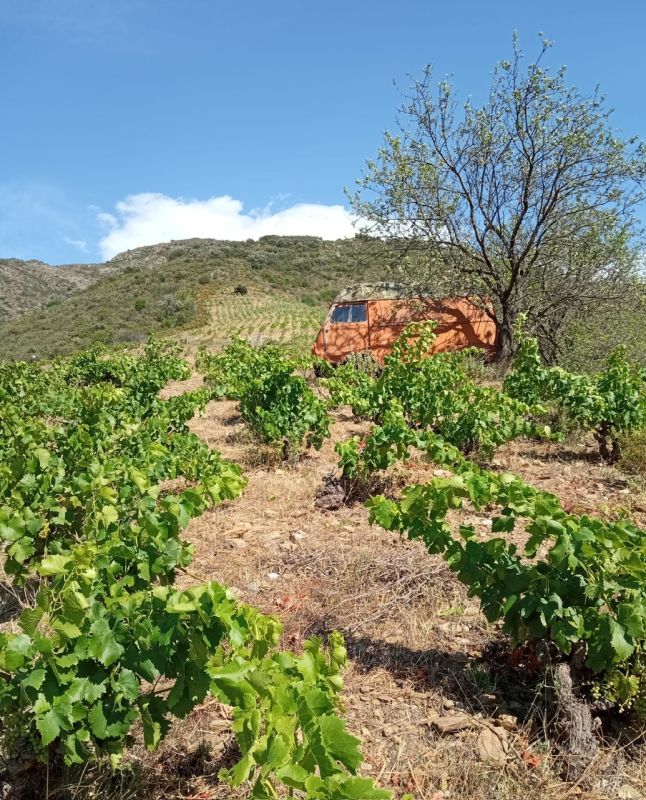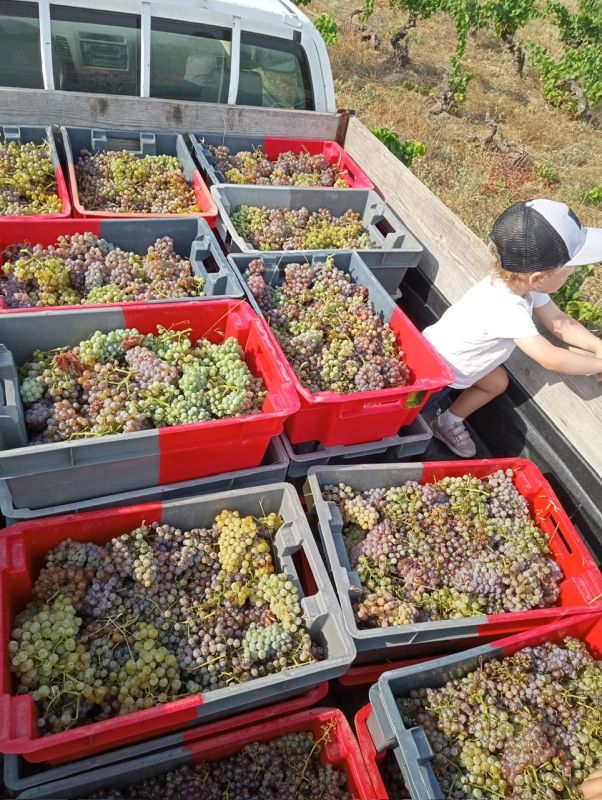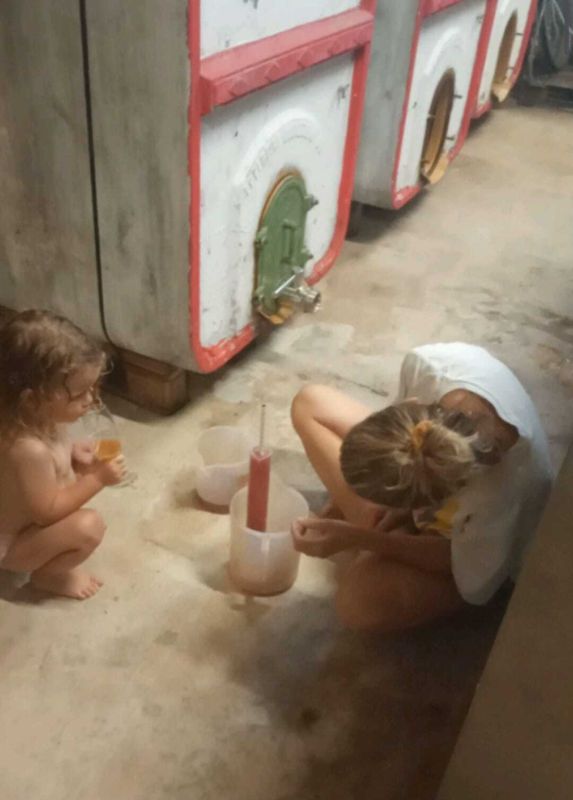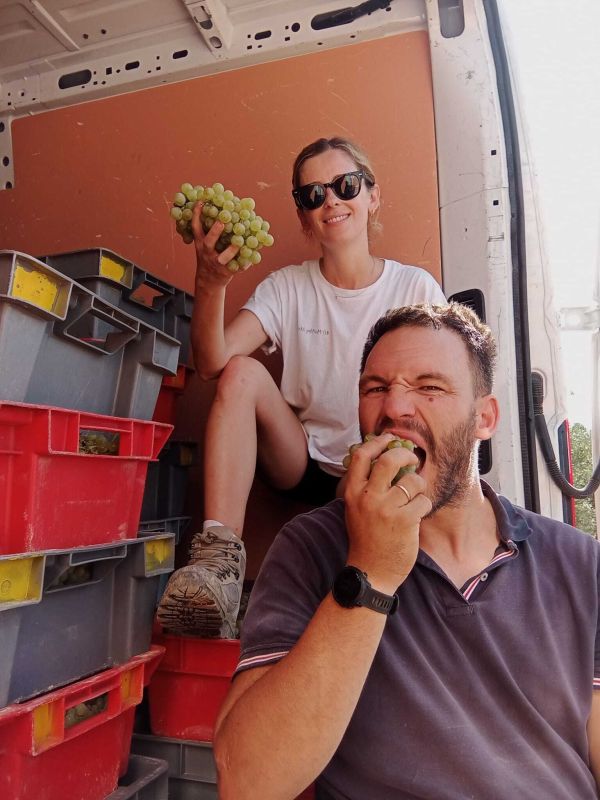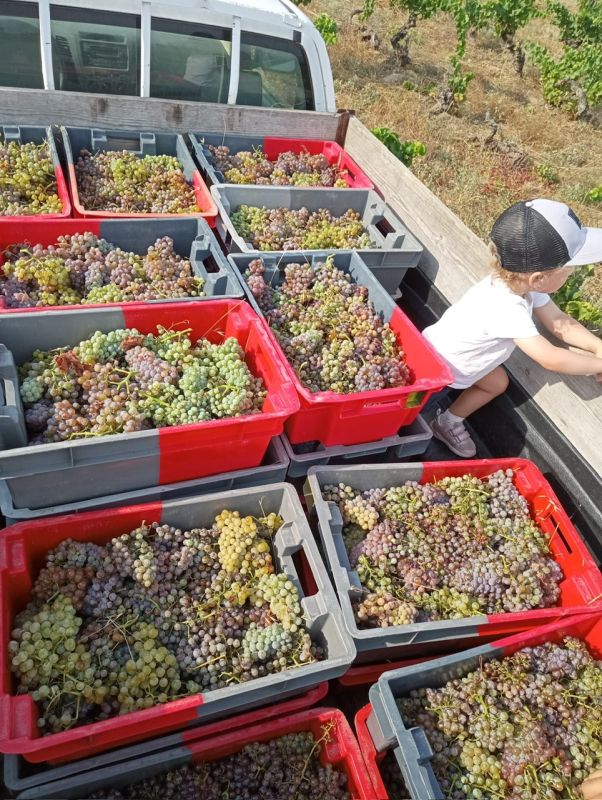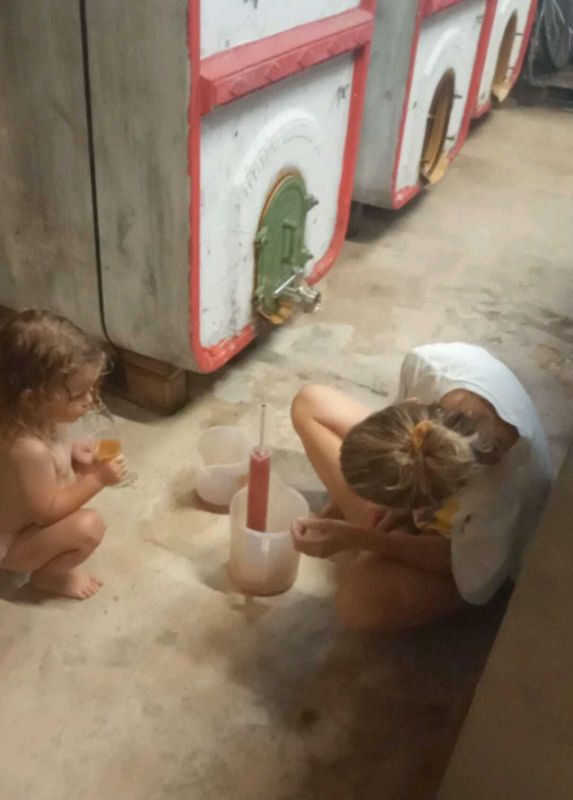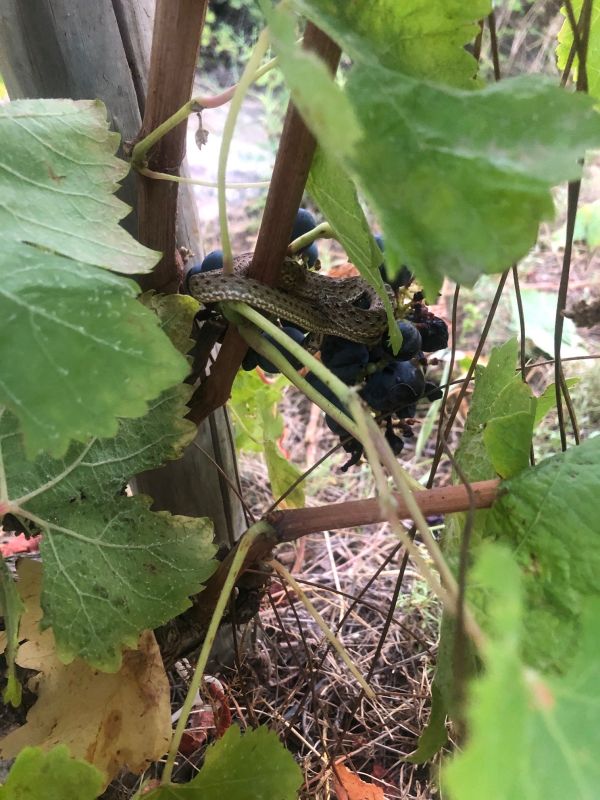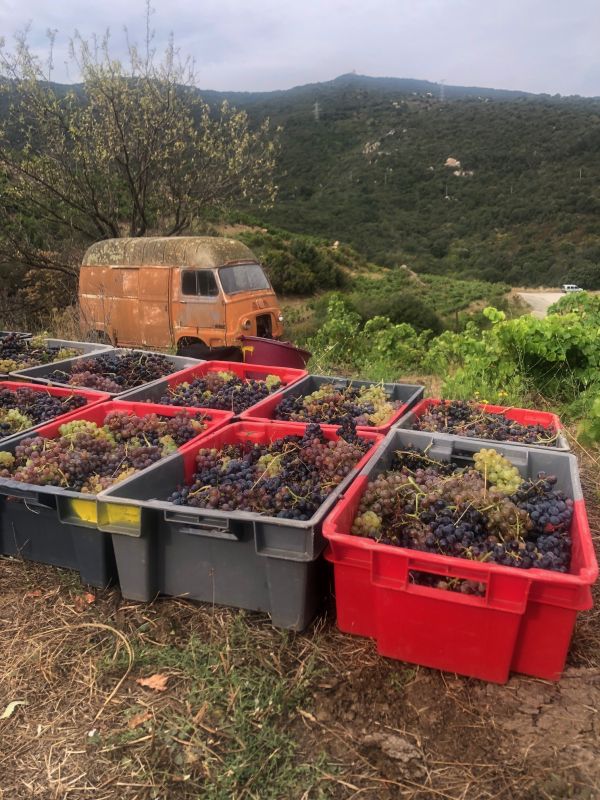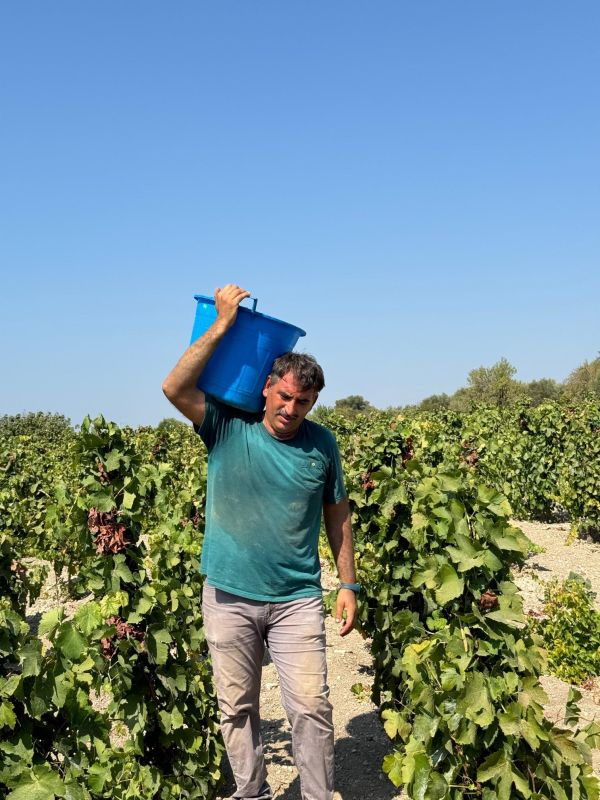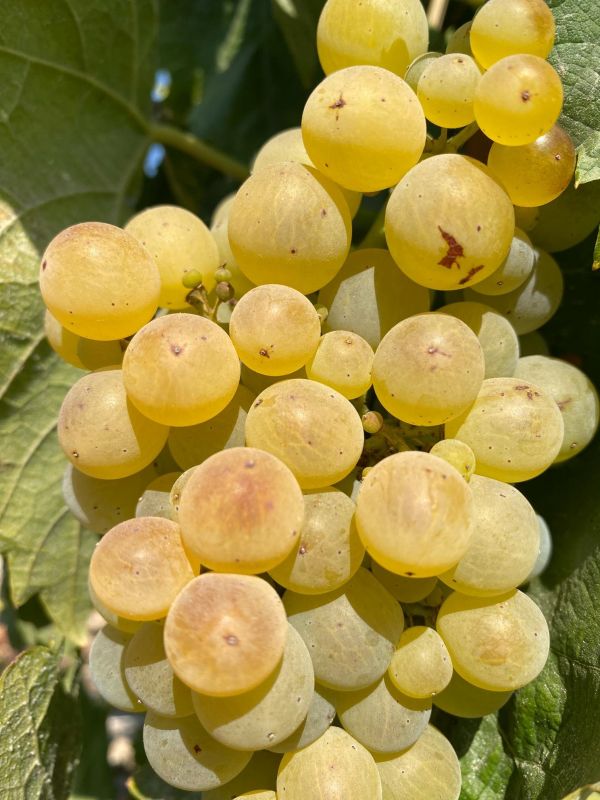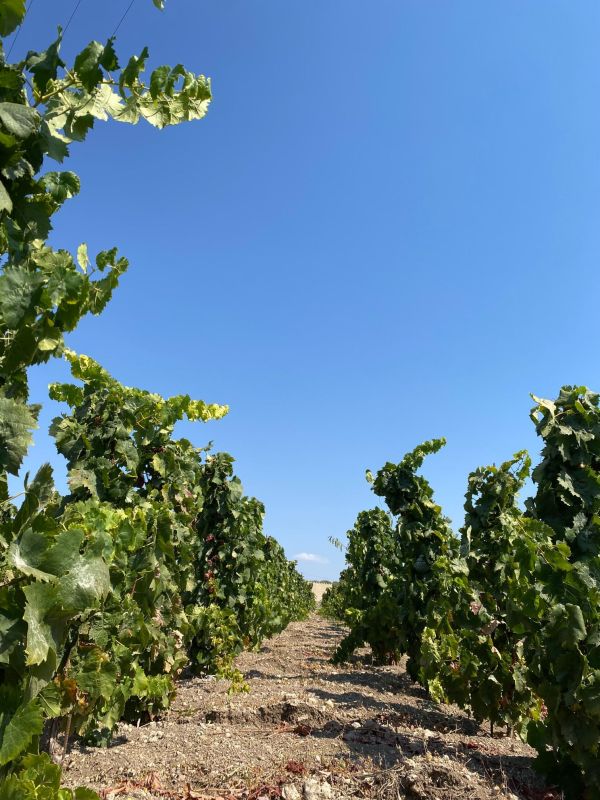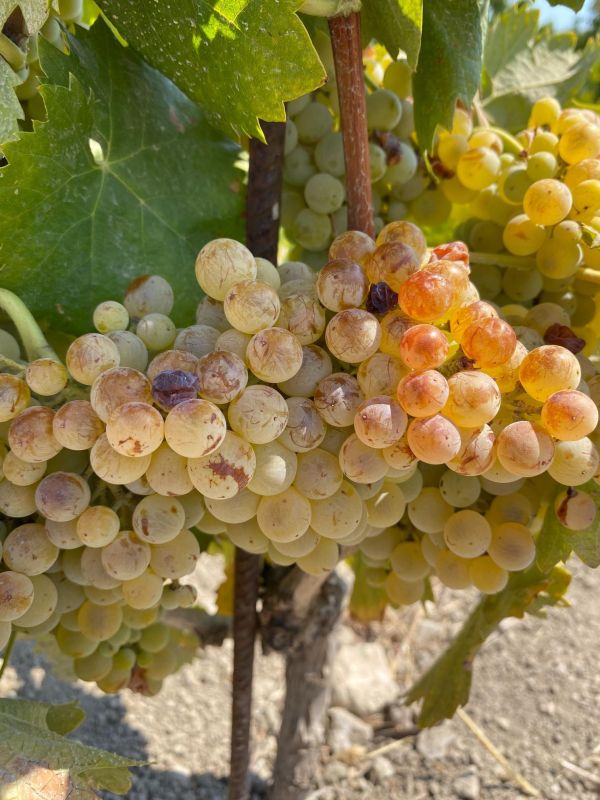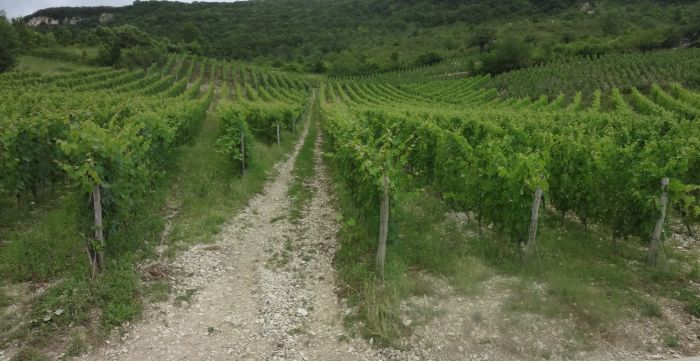September 29th, 2006:
The winter was long and rather cold, and in April the vegetation started very quickly. It is often the case at that point in time, and usually I am very happy with a fast start, when the vines grow quickly and the insect population has trouble keeping up (it’s called a dilution effect: the same insect population – thrips, moths, e.g. - has to operate on denser vegetation).
May, June and July kept us busy with vineyard work, and in June we already had day and night temperatures that are more usual in August. The temperature was locked well above 30C (90F) in the shade, every afternoon. It looked like we were going to endure another hot summer like 2003, only longer. This was not desirable, neither for people nor for flora, and even less for wine. The extreme heat conditions we had in 2003 led to an atypical vintage, and it was an experience to have once in a winemaker’s lifetime (and maybe a wine lover’s life), if only to realize the other facets of one’s varietals and soils. But I am always concerned not to pick over ripe, burnt grapes that give heavy, alcoholic wines without much finesse.
The forecast for August was for cooler weather, and for once, the weather people were very right, too much so! August was not glacial, but not so far from it. It was gray and cool, 8C in the mornings, 15C in the afternoons (46F and 59F), and damp. Which was fine weather for cider apples in Normandy, perhaps, but for wine grapes??? My colleagues in the area were mentioning “rot on green” (meaning that rot settles in even before the grapes are ripe). That led me to numerous checks in my vines, but to my relief all my grapes were healthy. We were left with hopes for a beautiful September, capable of warming up our souls and minds.
September was magnificent in the Bugey. Other regions suffered torrential rains and I really feel sorry for my colleagues there.
We started the harvest with a smaller team on Sept. 8th. On Sept. 11th, the complete group of pickers was at work in the Chardonnay vines, and the afternoon (above 25C, or 77F) was devoted to the Pinot Noir.
That settled the course for the rest of the harvest: we would pick white grapes only in the morning, if the temperatures stayed high. Fortunately, the cooler nights and diminishing days allowed us to pick at a cool 14C (57F) in the mornings.
The characteristics of my 2006 harvest are:
- The grapes are high in sugar, while retaining fresh acidity – in my view, that was the work of August, where the cool weather conserved acidity in the berries; also, the August rains followed by September sun resulted in perfect ripening.
- A very healthy crop, with almost no rot. We had spent a lot of hours reducing the number of bunches, and later on removing leaves, for better ventilation.
- There is remarkable homogeneity in ripeness, all the grapes on each vine were equally ripe. My father does not remember ever seeing the Mondeuse grapes so black and so similar to one another.
- It is also surprising how little difference there was in the ripening of the early varietals (Chardonnay and Pinot noir) and the late ones (Mondeuse and Altesse). My explanation, totally empirical, is that flowering happened at the same time for all the varietals, and went very fast in the heat wave. Maybe that’s why there is not much delay in ripening between all the varietals this year.
I interrupted the harvest for a few days on the 15th, 16th and 17th, and we finished on the 20th. I don’t think there was anything more to gain by waiting a few more days, since the grapes were ripe, balanced, beautiful fruit. Looking for a higher degree of alcohol is not always the guiding principle for choosing the date of the harvest.
I hope I have been right, for the vintage and to make the wines I like. Those who know me will understand that I am still hesitating, after the facts… I’ll never pretend I have certitudes, at least about my work, because nature is so rich, so varied, and so powerful. One thing I am sure of (after the facts, again): the Mirabelle plums and the vineyard peaches were delicious this year, but the fruits we left on the tree quickly lost their taste.
At any rate, there are still two plots of Altesse, 15 ares each, waiting to be picked. I like the surprises that Mother Nature can plot. The near future, and the wine made from these grapes, will let us know.
